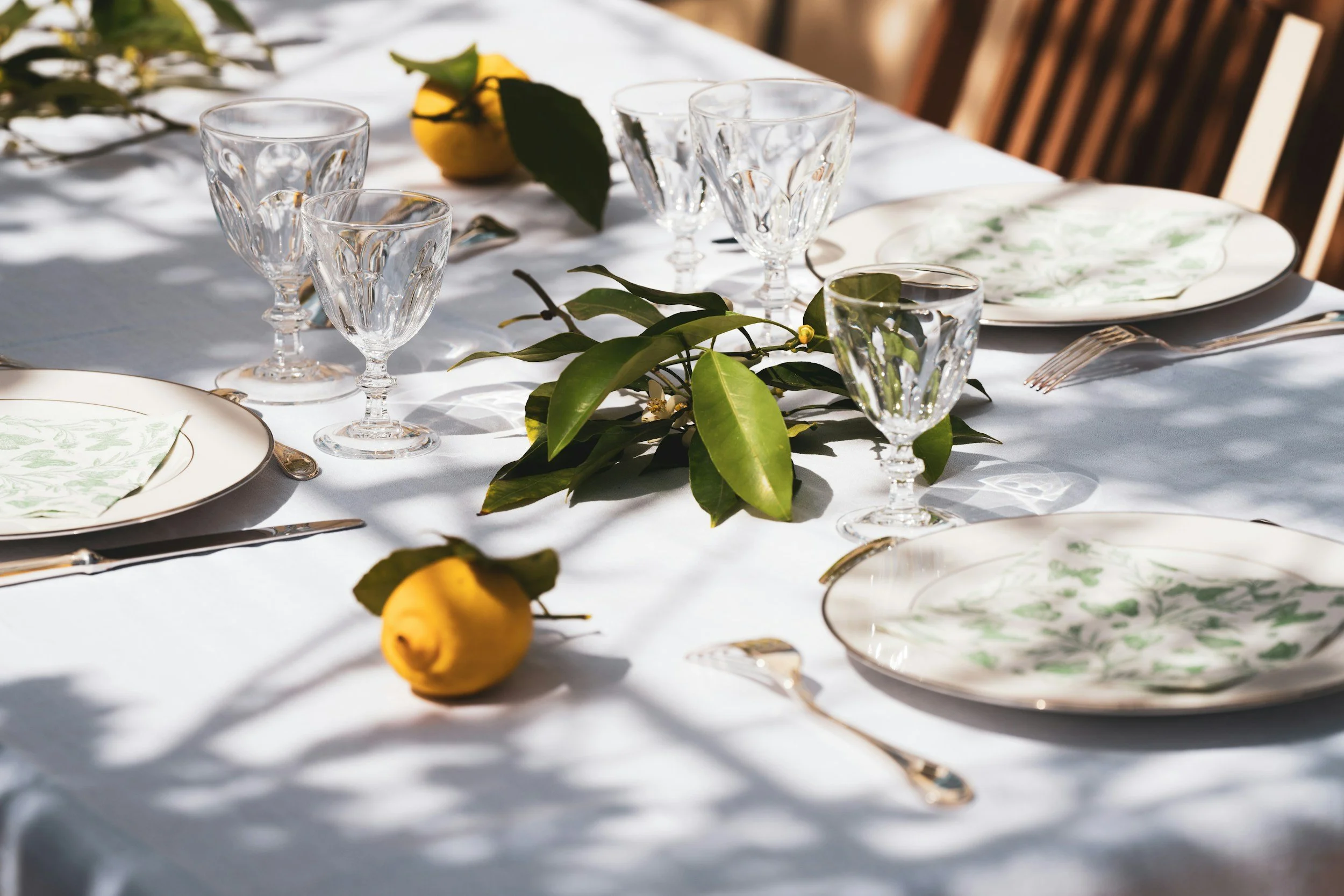Bible Stories About the Table
Breaking bread and building community are at the core of the Christian faith. We find so much around the table: unity, rest, peace, delight, friendship, and belonging, just to name a few. Sharing meals has been woven into the fabric of our faith since the beginning. Let’s dig into some Bible stories around the table!
Passover
The Passover is one of the earliest — and biggest! — meals we find in Scripture. All of the Israelite people, who were enslaved in Egypt at the time, were instructed by God to make specific preparations for a meal that would spare them from plague, mark the start to their freedom from Egyptian rule, and point forward to Jesus’ sacrifice thousands of years in the future.
For this special meal, every Israelite household was to kill and prepare a lamb, roasting it over fire with bitter herbs. This meat was to be accompanied by unleavened (without yeast) bread. You can find the entire Passover story in Exodus 12.
The Last Supper
Jumping ahead to the New Testament, we see that the Passover meal has been observed by Israelites for thousands of years. Jesus and his disciples are sharing this sacred meal just before his crucifixion, death, and resurrection. But in the midst of this tradition, Jesus brings something entirely new to the table.
He institutes the practice of communion, telling his disciples that the breaking of bread symbolizes his body that will soon be broken for them, and the wine they share signifies his blood that is about to be poured out in the ultimate act of sacrificial love. While the disciples may not have fully understood the significance of communion in the moment, they surely must have after Jesus’s death and resurrection! This new covenant is still a powerful act of remembrance at the table for believers all around the world today. You can read accounts of The Last Supper in Matthew 26:17-30; Mark 14:12-25; Luke 22:7-38; and John 13:1-30.
Abraham Feeding the Three Visitors
One of the fathers of both the Jewish and Christian faiths, Abraham, is also depicted at a very unique meal. He hosts three visitors — which turn out to be God and two angels. By serving them milk, bread, butter, and meat, he shows hospitality to strangers. This willingness to serve has since become a hallmark of these faiths.
In response to Abraham’s hospitality, God tells him and his wife Sarah that they will have a son. This news is shocking to them due to their age, but one year later, they do welcome a son – and this ancestral line leads all the way to Jesus. You can read the full story in Genesis 18.
Mephibosheth at David’s Table
In 2 Samuel, we find one of the most powerful displays of friendship and loyalty depicted in Scripture. A quick 10,000 foot overview: King Saul, the once king of Israel, was rejected by God due to his disobedience. David is anointed as king after him. But years pass before David takes the throne, and Saul and David experience an incredibly tumultuous and complicated relationship during this time. But no matter how much Saul despises David, David is faithful to his son, Jonathan. They remain best friends until Jonathan is killed in battle.
Fast forward in the story: David is now reigning as king, and Saul and Jonathan are both dead. David asks if anyone from Jonathan’s household is still alive, and the answer is yes – a son, Mephibosheth, who is unable to walk from a prior injury. Instead of killing the bloodline of former kings, as was common in the day, David invites Mephibosheth to dinner and even restores his grandfather’s land back to him. This radical act of kindness and generosity gives us all an example to follow around the table. You can read the full story in 2 Samuel 9.
Path to Emmaus
Imagine meeting Jesus on the walk to dinner. That’s exactly what happened to two believers in this story. Just after Jesus’s death and burial, they were on the road to a town called Emmaus, discussing the events that have just taken place. A stranger shows up on the road and starts explaining Scripture to them. They’re drawn to Him, but they don’t quite know why — so they invite him to dinner.
As they share their meal, their eyes are opened to the fact that this is their resurrected Jesus! This story becomes a powerful testimony for many early Christians that Jesus is, in fact, alive. Read the whole story in Luke 24.
I hope these stories of breaking bread, showing hospitality, and encountering God encourage you to host or share a meal with friends and neighbors soon.
